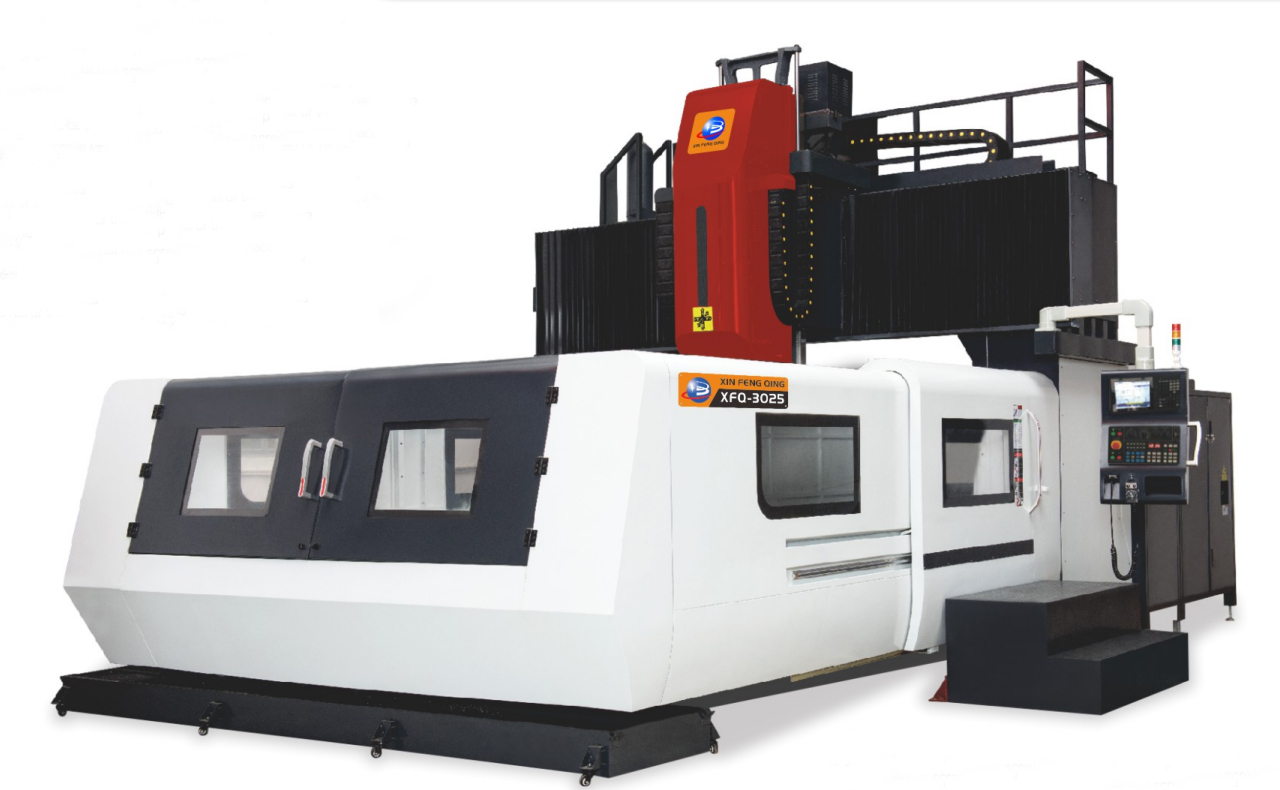Slewing drives play a key role in the efficiency of solar tracking systems. They enable solar panels to follow the sun's path across the sky, thereby maximizing energy absorption and improving the overall efficiency of solar power systems. In this blog post, as a high quality slewing drive manufacturer, YOJU will supply you with functions of solar tracker slewing drive.
Key Components of a Slew Drive
1. Slewing Ring Bearing: This is a crucial component that supports axial, radial, and moment loads, facilitating smooth and stable rotation. It is the core around which the entire system rotates, allowing for the necessary adjustments in the orientation of the solar panels.
2. Drive Gear: Typically a worm gear, it meshes with the gear teeth on the perimeter of the slewing ring to provide controlled rotational movements. This gear system is responsible for translating the motor's rotational force into the movement of the slewing ring bearing.
3. Motor: This can be an electric or hydraulic motor that powers the drive gear. The choice of motor affects the efficiency, control, and power consumption of the drive system. It is the driving force behind the rotation of the worm gear and, consequently, the slewing ring bearing.
4. Housing and Seals: These protect the internal components from dust, water, and other environmental factors that could degrade performance and lifespan. They are essential for ensuring the longevity and reliability of the slew drive in outdoor conditions.
Operational Mechanics
The operation of a slew drive is straightforward yet highly effective. The motor activates the worm gear, which then rotates the slewing ring bearing. This mechanical action is translated into the rotational movement of the attached solar panels. The inherent gear reduction in the worm drive allows for high torque output and reduces backlash, essential for the precise positioning required in solar tracking.
Types of Solar Tracker Slew Drives
1. Single-Axis Slew Drives: These are commonly used to facilitate rotation primarily in an east-west direction, following the daily path of the sun. They are the most basic form of solar tracker slew drives and are suitable for applications where only a daily adjustment is necessary.
2. Dual-Axis Slew Drives: These allow for additional north-south movement, enabling the panels to adjust their pitch to capture the optimal amount of sunlight as it varies with seasons. They are more complex and offer greater flexibility in tracking the sun's path, leading to increased efficiency.

Selection Criteria
Choosing the right solar tracker slew drive involves several considerations:
1. Load Capacity: The drive must be capable of handling the weight of the panels and any additional forces from environmental loads such as wind.
2. Precision: Drives with minimal backlash are preferred for maintaining accurate panel positioning.
3. Durability: The drive should be robust enough to withstand environmental challenges, including temperature fluctuations and potential corrosive elements.
4. Maintenance Needs: Opt for drives that offer straightforward maintenance and readily available spare parts.
5. System Compatibility: The drive should seamlessly integrate with the existing solar tracking system, both mechanically and electrically.
Installation Guidelines
Proper installation is vital for the optimal performance of slew drives:
1. Mounting Surface: Ensure that the mounting surface is even and robust enough to support the operational stresses of the slew drive.
2. Alignment: Accurate alignment is crucial to prevent mechanical stresses and ensure efficient operation.
3. Electrical Setup: Secure and protect all electrical connections to prevent disconnections and damage.
Maintenance
Regular maintenance is essential for the long-term performance and reliability of solar tracker slew drives. This includes:
1. Lubrication: Regularly check and replenish lubricants to ensure smooth operation between components.
2. Inspection of Mounting Bolts: Regularly check fastening bolts to ensure the stability of the structure.
3. Paint Repair: If paint damage is found, it should be repaired in time to prevent corrosion.
4. Seals' Maintenance: Check the condition of seals and replace them when necessary to keep internal components clean and dry.
In conclusion, solar tracker slew drives are critical components in the solar energy industry, enabling solar panels to capture the maximum amount of sunlight and convert it into electricity efficiently. By understanding their functions, components, and maintenance requirements, operators can ensure the optimal performance and longevity of their solar tracking systems.
https://www.enyoju.com/Functions-of-Solar-Tracker-Slewing-Drive.html
www.enyoju.com
YOJU





+ There are no comments
Add yours